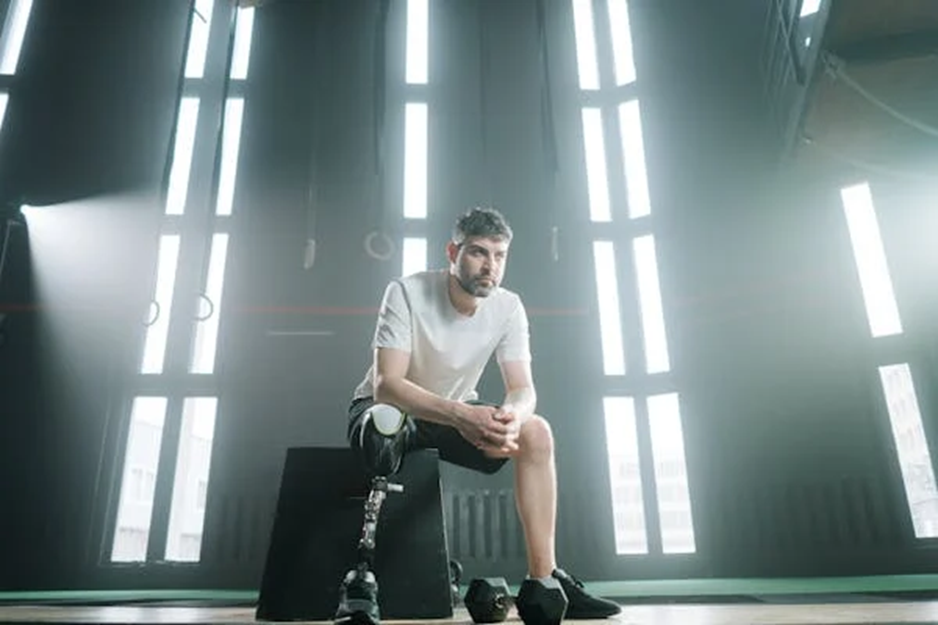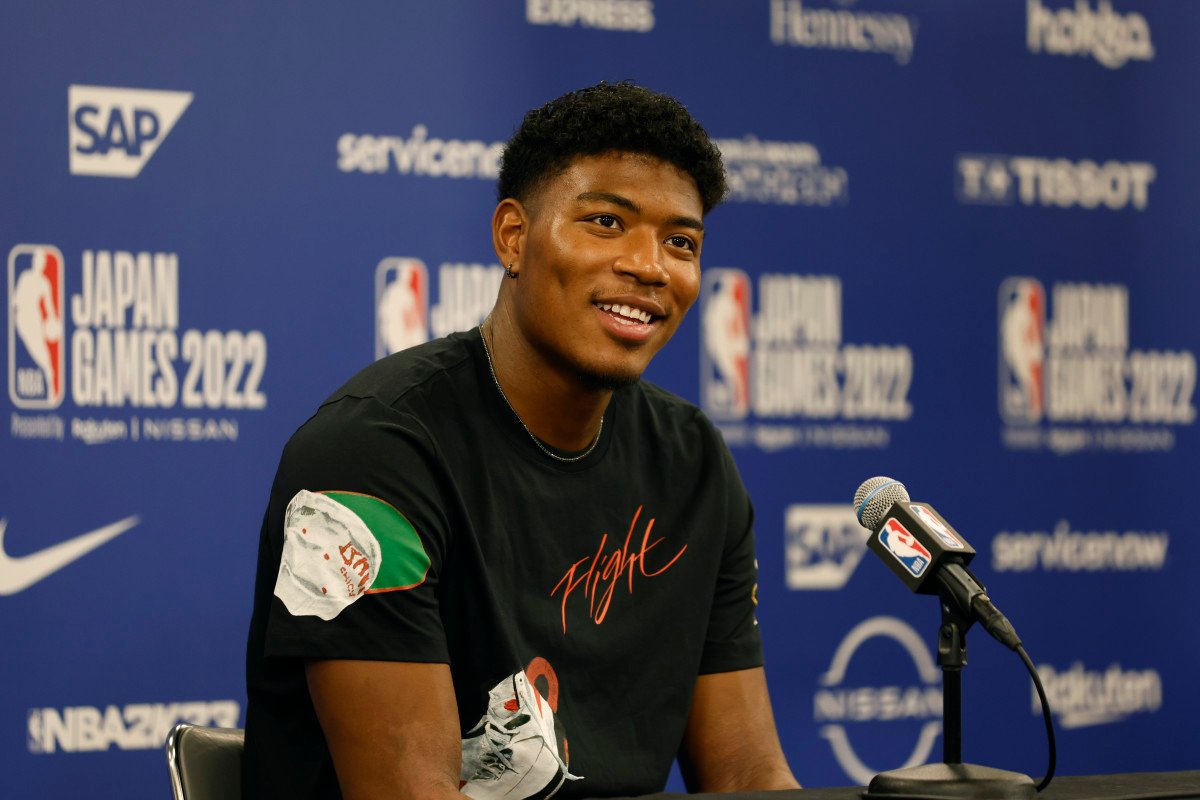Adaptive sports refer to sporting activities made specifically or modified for people with various physical and intellectual limitations. These sports started as tools for empowerment, integration, and therapy.
Adaptive sports started becoming a topic after the Second World War. Many veterans and formerly active people returned home with various disabilities from the war, which necessitated seamlessly integrating them into society.
The first adaptive sports event was the Stoke Mandeville Games, founded by Sir Ludwig Guttmann in 1948 at Stoke Mandeville Hospital in England. Its success later encouraged growth, which gave birth to the first Paralympic Games in Rome in 1960, featuring athletes from 23 countries.
Thankfully, technological advancements have helped uphold the core value of adaptive sports. So, it is safe to say that adaptive sports have grown tremendously, gaining global recognition and shaping societies.
Key Contributors
The evolution of adaptive sports and inclusive fitness is systemic, with various contributors to its growth. Unlike the ease of playing and having fun at real money casinos if you know how to claim 200 FS, regardless of physical condition, engaging in sports presents unique challenges. These contributors provided participation opportunities, challenged traditional norms, and helped break down many barriers. The key contributors can be categorized into three, and you can learn more about them here:
Pioneering Organizations
Organizations have played major roles in the evolution and development of Paralympic adaptive sports and inclusive fitness. After the Stoke Mandeville Hospital’s success, many organizations created events, trained participants, rehabilitated people, and openly supported these sports until they became as established as they are today.
The International Paralympic Committee
For instance, the International Paralympic Committee (IPC), founded in 1989 by the governing body of the Paralympic Movement, has done enough to achieve sporting excellence and promote Paralympic sporting excitement. This organization has been essential in integrating paralympic sports into the society.
The Special Olympics
The Special Olympics is another pioneering organization contributing to adaptive sports. Founded by Eunice Kennedy Shriver in 1968, the Special Olympics currently has programs in more than 170 countries worldwide. Disabled Sports USA is another organization founded in 1967 to cater to various adaptive sports, including skiing, snowboarding, kayaking, and cycling.
Furthermore, there is the National Center on Health, Physical Activity and Disability (NCHPAD), which offers training, resources, and advocacy to support physical activities for people with disabilities.
Influential Athletes and Advocates
While organizations make collective efforts, some individuals have been at the forefront of promoting adaptive sports and inclusive fitness. Their success in the space has been a basis for encouraging others to venture into it. Some renowned individuals who have played a crucial role in the movement are:
- Tatyana McFadden is a paralympic with remarkable success in wheelchair racing and an advocate for disability rights and inclusion.
- Oscar Pistorius is known as the blade runner. He is an amputee sprinter who has competed in the Paralympic and Olympic games and has greatly influenced the sector.
- Esther Vergeer, a Dutch wheelchair tennis player with seven Paralympic gold medals, stayed at the top for over seven years.
- Ali Stroker, an actress in a wheelchair, is the first person with a disability to win a Tony Award. She is a vocal advocate for inclusivity and disability rights and has greatly incorporated fitness and sports into her lifestyle.
Media and Public Awareness Education
The media and public awareness have played a great role in advocating for inclusivity in sports and fitness. Through various platforms, people are educated and reoriented. As such, there is less discrimination against inclusive sports, greater acceptance, and better understanding, leading to more people wanting to be in the space.
Social media has greatly influenced these campaigns, with adaptive sports athletes and other inclusive fitness participants showing off their lifestyles on these platforms. Similarly, the film industry consciously uses films and documentaries to give insights into the world of adaptive sports and inclusive fitness. For instance, Murderball is a film about the US rugby team. Television and other education programs and campaigns have been included in fostering inclusive sports worldwide.
Technological and Medical Advances
Technological and medical advances have greatly influenced adaptive sports and inclusive fitness. Specialized equipment helps people with disabilities balance the odds, making inclusive sports and fitness more embraced and popular. The table below details greatly the pace of technological and medical advancements in adaptive sports and inclusive fitness.
| Technological/Medical Innovations | Key Developments | Athletes Using It |
| Prosthetics and Orthotics | ● Evolution of prosthetic limbs (lightweight materials, blade prosthetics)
● Smart prosthetics (microprocessor-controlled limbs) ● customization through 3D printing |
● Oscar Pistorius (running)
● Tatyana McFadden (wheelchair racing) ● Sarah Reinertsen (triathlon) ● Aimee Mullins (sprinting) ● Hugh Herr (rock climbing) ● Andre Kajlich (ultra-marathons) |
| Adaptive Wheelchairs | ● Sports-specific wheelchairs (basketball, racing)
● Advanced materials (aluminum, titanium, carbon fibre) ● Power assist and smart wheelchairs
|
● Matt Scott (wheelchair basketball)
● Dylan Alcott (wheelchair tennis) ● Marcel Hug (wheelchair racing) ● David Wagner (wheelchair tennis) ● Tatyana McFadden (wheelchair racing) ● Steve Serio (wheelchair basketball) |
| Assistive Devices | ● Handcycles and recumbent bikes
● Adaptive rowing equipment ● Exoskeletons and wearable robotics ● Virtual reality and simulation training |
● Claire Lomas (exoskeleton-assisted walking)
● Amanda McGrory (exoskeleton-assisted running) ● Zac Purchase (exoskeleton-assisted rowing) ● Scott Quinn (virtual reality skiing) ● Nadia Prescher (virtual reality rowing) ● Brad Snyder (virtual reality swimming) |
Impact of Adaptive Sports and Inclusive Fitness Evolution
The impacts of adaptive sports and inclusive fitness’ evolution are profound. Everyone involved has something to benefit from it, from the participants to their community and society. As such, looking into the multifaceted benefits of adaptive sports and inclusive fitness is essential.
Economic Benefits
The most common economic benefit people see in adaptive sports and inclusive fitness is the income it generates for the participants, organizers, and general public. For instance, the International Paralympic Committee generated nearly €120M between 2007 and 2017.
Beyond this, adaptive sports and inclusive fitness help save health and rehabilitation costs. While the initial cost of getting these athletes on their feet may be daunting, participating in sports and physical activities reduces secondary complications. Also, adaptive sports and inclusive fitness encourage economic participation in consumer spending and foster job creation.
Social Integration and Empowerment
Adaptive sports and inclusive fitness foster social integration and empowerment. Rather than wasting away due to disabilities, people can have goals to pursue and create a space to feel safe. This improves their self-esteem and confidence. Moreover, these activities have led to the building of inclusive communities and social programs.
Cultural Shifts and Acceptance
Unlike in earlier days when people were shunned for their disabilities, hidden away and left to fade on their own slowly, there is an increased cultural acceptance for people with disabilities. With media representation, education, and institutional support, there is an increased shift towards accepting disabilities as part of human lifestyles and possibilities.
Conclusion
Gone are the days when disability equates to inability. Today, the world has evolved to include people in various aspects of life, including the very tasking sports industry. With the Second World War laying the foundation for adaptive sport and inclusive fitness, various organizations, individuals and educators have advocated for inclusivity in sports. As such, there is a change in the perception of disability as society is more open to them, and they drive impressive economic benefits.

